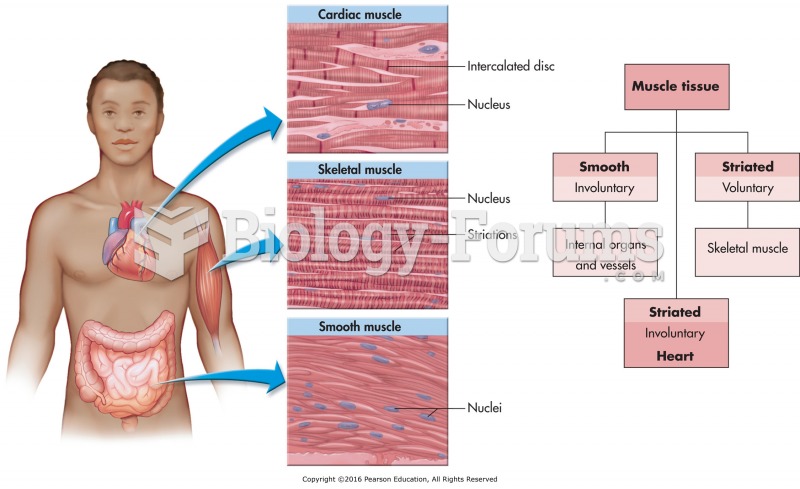Answer to Question 1
Two types of home inspection have been considered by the Supreme Court. The first concerns health and safety inspections of residential buildings, such as public housing units. In Frank v.
Maryland, 359 U.S. 360 (1959), the Court upheld the constitutionality of a statute designed to punish property holders for failing to cooperate with warrantless health and safety inspections. It noted that such inspections touch at most upon the periphery of the important interests safeguarded by the Fourteenth Amendment's protection against official intrusion.
In 1967, the Supreme Court overruled the Frank decision in Camara v. Municipal Court, 387 U.S. 523 (1967). In Camara, the Court noted that nonconsensual administrative inspections of private residences amount to a significant intrusion upon the interests protected by the Fourth Amendment. Today, a warrant is required for authorities to engage in a home inspection. However, the meaning of probable cause in such a warrant differs from that applied to warrants typically used in criminal investigations. The Court has stated that if an area as a whole needs inspection, based on factors such as the time, age, and condition of the building, then the probable cause requirement will be satisfied. The key is that probable cause in the inspection context is not individualized as in the typical warrant. That is to say, inspections of this sort are geared toward buildings, not persons.
In Michigan v. Tyler, 436 U.S. 499 (1978), the Supreme Court authorized the warrantless inspection of a burned residence (a fire inspection) immediately after the fire had been put out. The key fact in the holding is that the inspection must be contemporaneous, not several days or weeks after the fire.
The Supreme Court has permitted government officials to open incoming international mail without a warrant to do so.
Answer to Question 2
field interrogation
COMMENT: The term stop and frisk is so common and legitimate, that this question is useful
only if this point is emphasized in class







